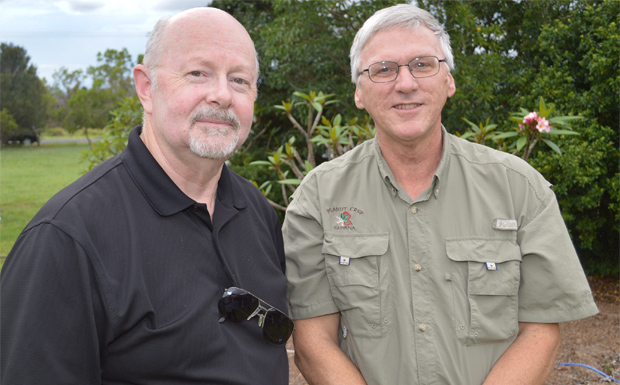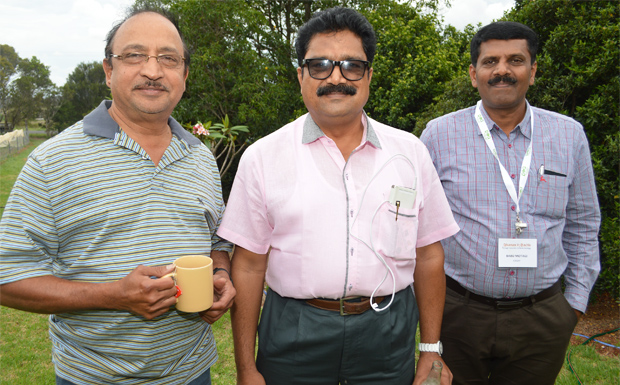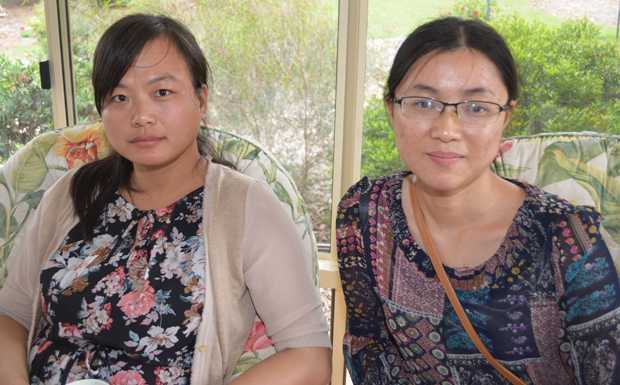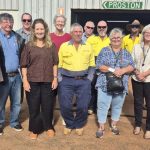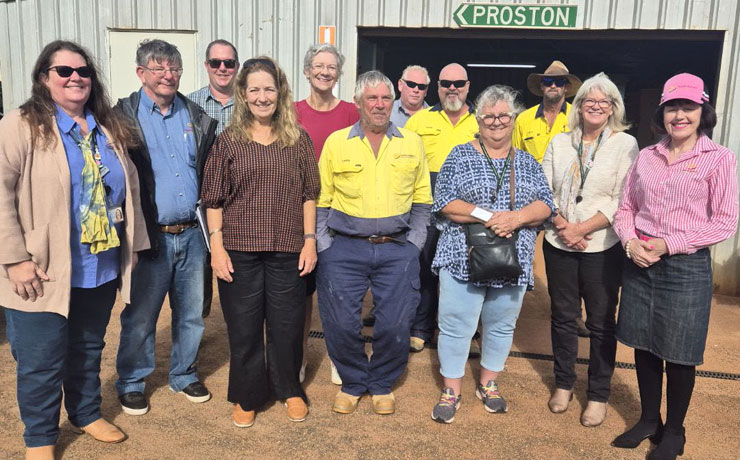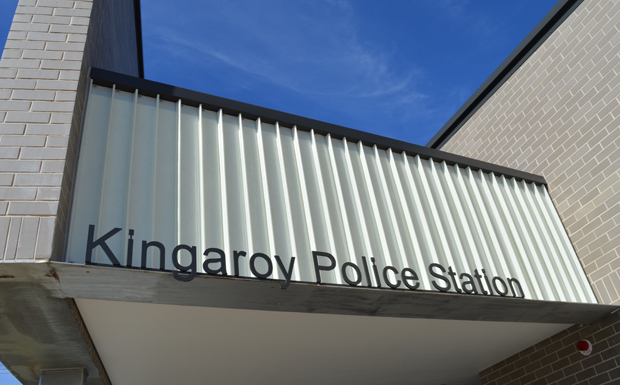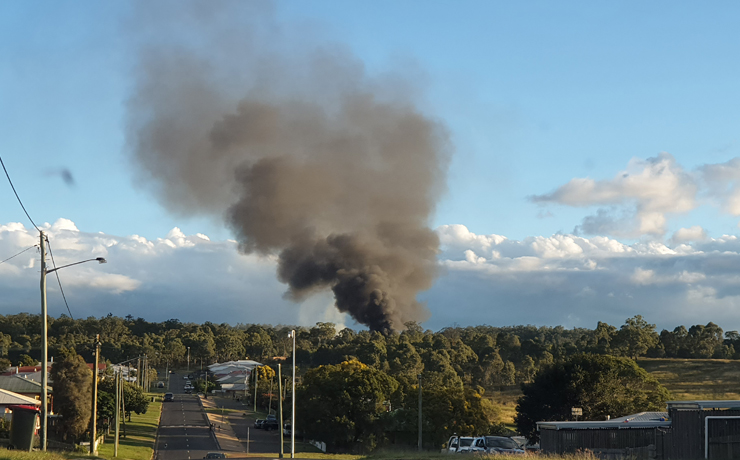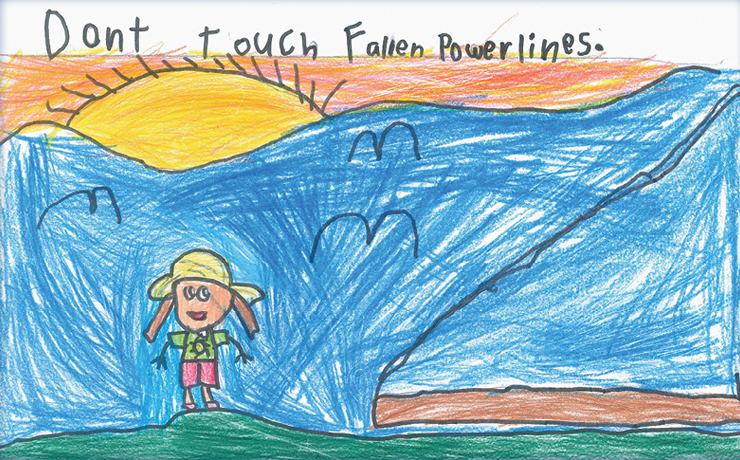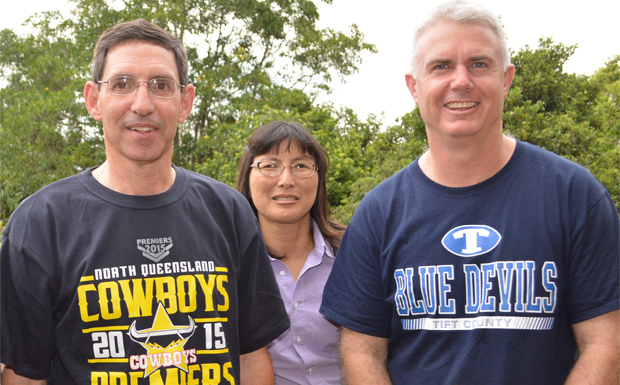
November 9, 2015
Kingaroy hosted a flying visit on Sunday by some of the world’s leading peanut breeding researchers, in Australia for a major conference in Brisbane.
The busload of researchers from the United States, China, India, Nigeria, Argentina – as well as interstate – visited the Bunya Mountains before inspecting the Kingaroy Research Station, PCA and enjoying an afternoon tea hosted by Dr Graeme Wright, from PCA.
The group was originally also scheduled to visit the Peanut Heritage Museum but this part of the itinerary had to be cancelled at the last minute because of the sudden closure of the museum on Friday due to a termite infestation.
About 75 researchers came to Brisbane last week for “AAGB-2015”, the 8th International Conference of the Peanut Research Community.
(“AAGB” stands for “Advances in Arachis through Genomics and Biotechnology”).
The conference was organised by PCA and the US-based The Peanut Foundation with sponsorship by GRDC, the American Peanut Council and Mars.
After three days of back-to-back sessions at Rydges Hotel discussing peanut genomics, about 30 of the visitors boarded a bus for the visit to Kingaroy.
The intricacies of the genome of the humble peanut plant have been intriguing researchers for years.
Work to sequence the genome began more than a decade ago and has still not been completed.
Dr Rich Wilson, a technical consultant with The Peanut Foundation, said about 130-140 researchers from about 20 countries were involved in the International Peanut Genome Initiative.
The object is to sequence the peanut genome, a task which is proving more difficult than sequencing the human genome.
Amongst other issues, instead of having single chromosomes in pairs (“diploid”) like humans, peanuts have pairs of chromosomes in pairs (“tetraploid”).
Who would have guessed peanuts were so complicated?
Dr Wilson said scientists were attempting to identify different “markers” in wild and cultivated peanut germplasm samples held in various locations throughout the world in an attempt to map important peanut traits, such as high oleic oil properties and disease resistance; for example, resistance to Tomato Spotted Wilt Virus, white mould, early leafspot, Cylindrocladium Black Rot (CBR) and rust.
There are about 60 more diseases that can attack peanuts in the paddock, including a new one – smut – currently spreading in Argentina, so researchers are key to identify peanut lines which naturally resist attack.
Dr Wilson said peanut breeding programs in each of the countries, including Australia, were key to the process of identifying these markers.
Researchers Dan O’Connor and Kylie Wenham have been working in Kingaroy on ways to quickly identify some of these genetic markers.
